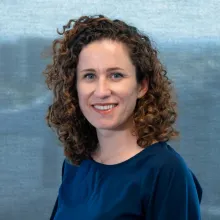
Public policy and science advice
Investigating communication between decision makers, scientist and experts.
About
Science is integral to societal decision making, but the communication between the producers of knowledge and governmental decision making is not always smooth.
This research theme focuses on the nature of the communication between these two very different entities, including their different requirements, expectations, cultures and institutions. CPAS researchers are also regularly consulted by government institutions seeking external advice or research.
Our research investigates:
- How do governments use scientific research?
- How is scientific evidence used in political rhetoric?
- What is the influence of government policy on science?
- What happens when the goals of science and government clash?
- How do scientists and policymakers communicate?
- How can science communication benefit government activities and communication efforts?
- How can science communication tools be used to evaluate government communication activities?
Photo from Wikimedia Commons.







